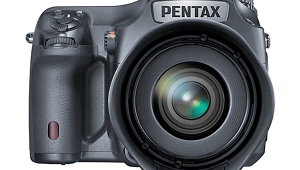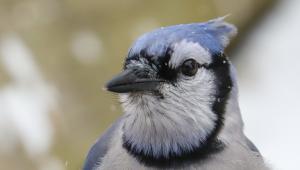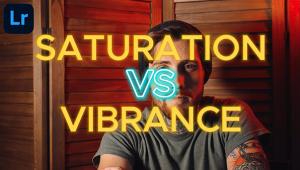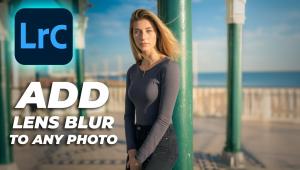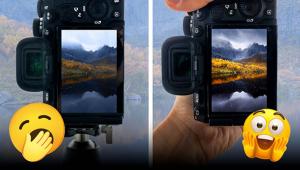Shutterbug’s Exclusive photokina Coverage; Large Format: Build It Yourself, Wood, And LF Lenses
Let’s start with the cheapest Large Format (LF) camera at the show, and, as far as I am concerned, the one that is likely to be of the most interest to the largest number of our readers: the Bulldog 10x8” camera (also available in 8x10” for the American market—it’s a reversing back and can be used either way). The UK price is £250, which means that although a US price had not been set at the time of this writing, it should be under $500.
 |
|
|
Like the Bulldog 5x4/4x5”, it is a build-it-yourself camera from Camera Bellows in Birmingham that lends itself to whatever degree of customizing you like. All the parts you need are there: body parts in precut MDF, zinc-plated steelwork, brass rack and pinion, bellows, ground glass, back springs. All you have to do is glue and screw it together and paint it. Then you’ll need a lens (or you can use the pinhole it comes with) plus at least one 8x10” cut film holder, and you’re in business.
With only a 360mm maximum bellows extension, it’s more useful for landscapes than for portraits (300mm is a “standard” lens on 8x10”), or you can stick a wide angle on the front for interiors: I have an old 168mm Dagor that is the equivalent of about 24mm on 35mm, insofar as you can equate focal lengths on different formats. For that matter, it should be pretty good for still life images with a 200-210mm lens such as an old 203mm f/7.7 Kodak Ektar.
From the cheap and cheerful (and very easy) let’s move on to the main LF trend of the show, which was highly expensive and precise cameras with movements for use with digital backs. Yes, I could have classified these under “medium format” but once you’ve got a camera that is basically designed for use on a tripod and provides movements, it seems more like LF to me. Also, most can be used for stitching multiple images. Move the back to one side; shoot; move it to the other side; shoot; even, in some cases, move it between four corners (up, down, left, right) and shoot. Then, a 30-megapixel back gives you 60 or even 120 megapixels.
 |
|
|
Probably the first of these, and arguably still the best, was the Swiss-built ALPA XY, but at photokina 2008 they introduced a simpler and lower-cost version of the same thing, the ALPA 12 MAX (the XY still remains available) and others came from Arca Swiss, Cambo, Linhof (with the TECHNO), Silvestri (with the T30), and Sinar (with the arTec). The Arca Swiss version was especially noteworthy for its ingenious viewfinder—really, only the ALPA and the Arca Swiss can conveniently be used handheld, with movements—and most of the best manufacturers made the same point, that what you normally need to do is to support the lens in one place, then move the back behind it. That way, the viewpoint remains constant, whereas if you shift the lens left to right or up and down, and then stitch, you’re shooting from different viewpoints.
 |
 |
||
|
|
 |
|
|
As far as I could see, all of them could accept the new digital lenses from Rodenstock, the HR Digaron-S 23mm f/5.6 and the HR Digaron-W 40mm f/4. The 15-glass, 11-group (!) 23mm is especially interesting as it offers a 70mm image circle, enough to cover a 60x45mm sensor and offering an equivalent focal length (in 35mm terms) on that format of about 14mm. The 40mm is a simpler design but still consists of 10 glasses in seven groups; the image circle is 90mm at infinity. As they only put .pdf brochures on their press release CD, despite saying that “all the pictures are on here,” I can’t show you what they look like.
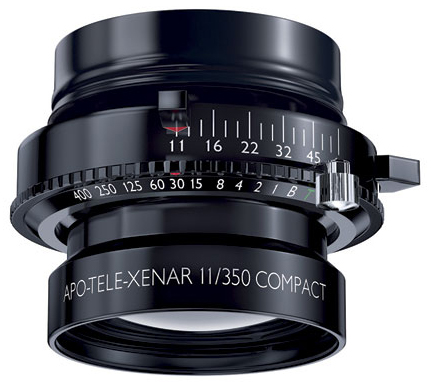 |
|
|
- Log in or register to post comments














